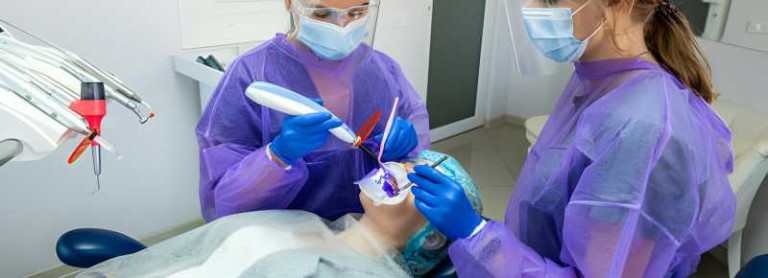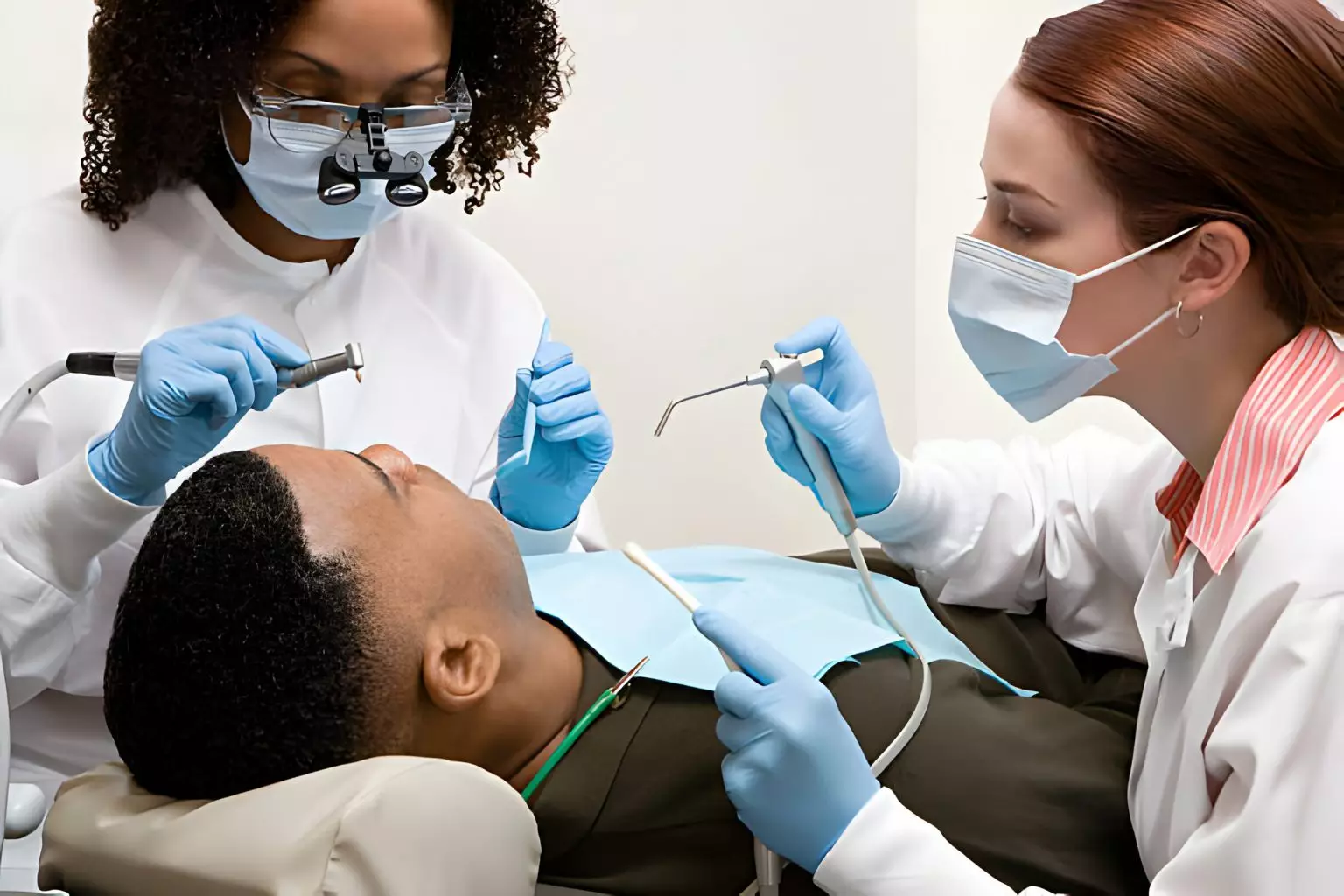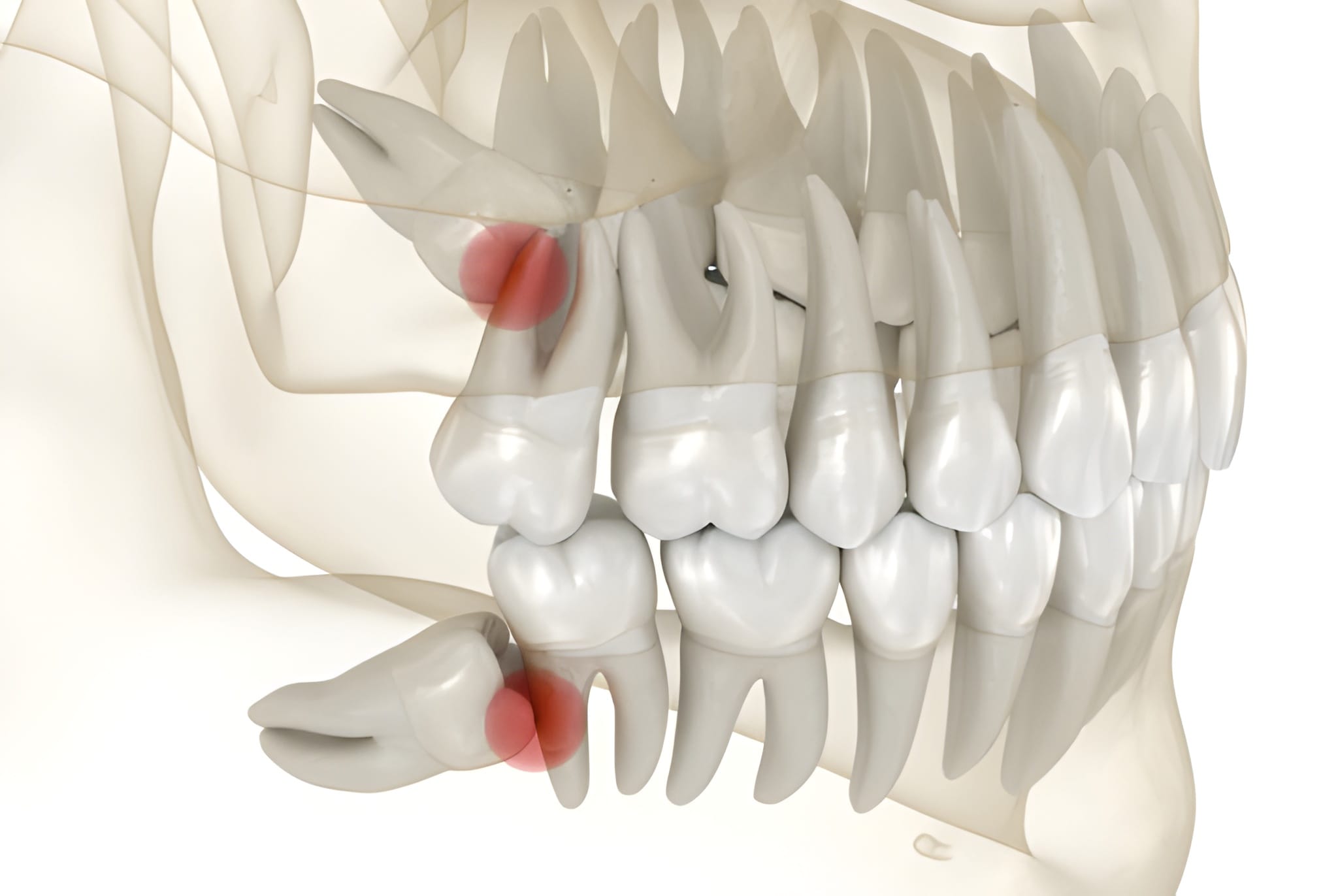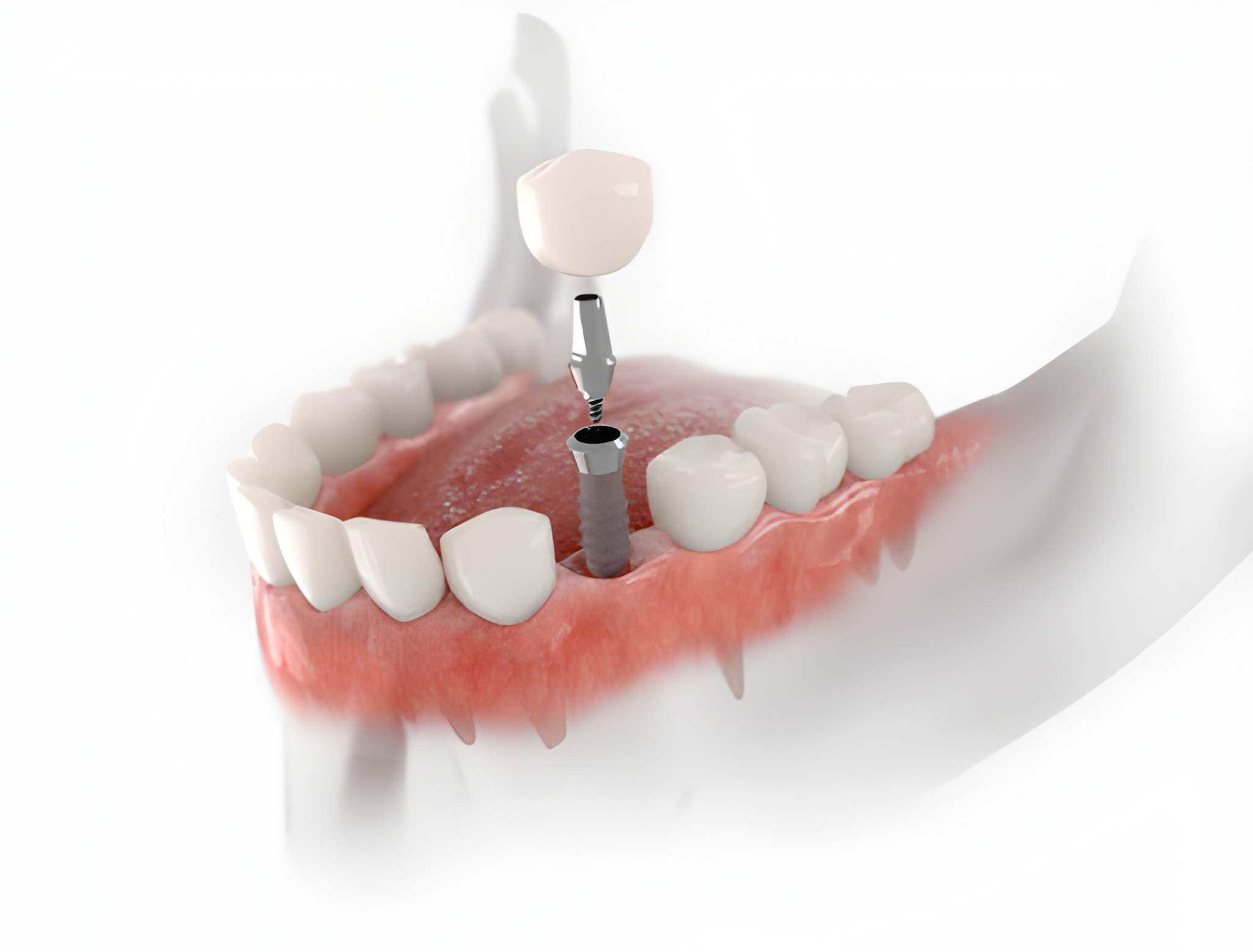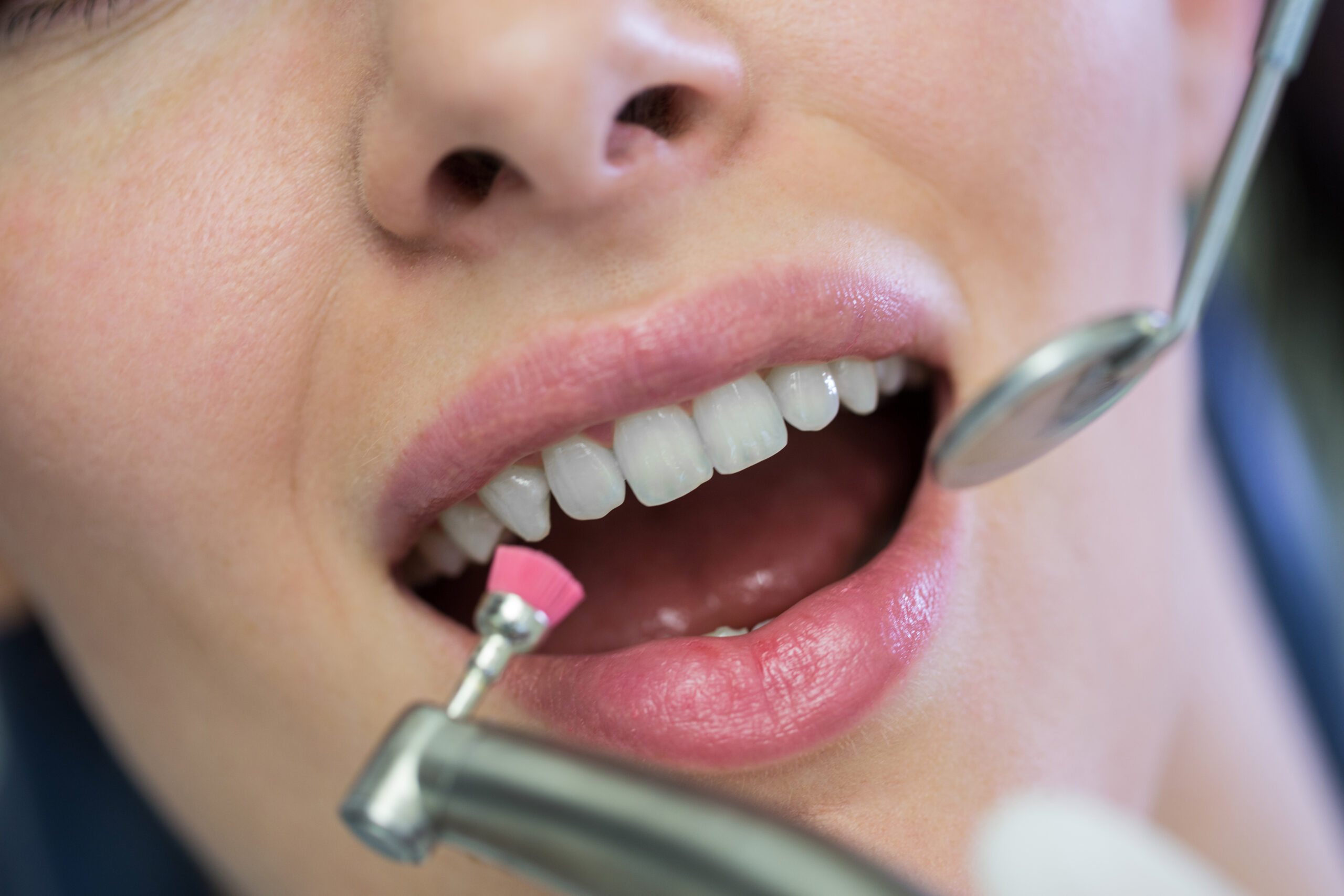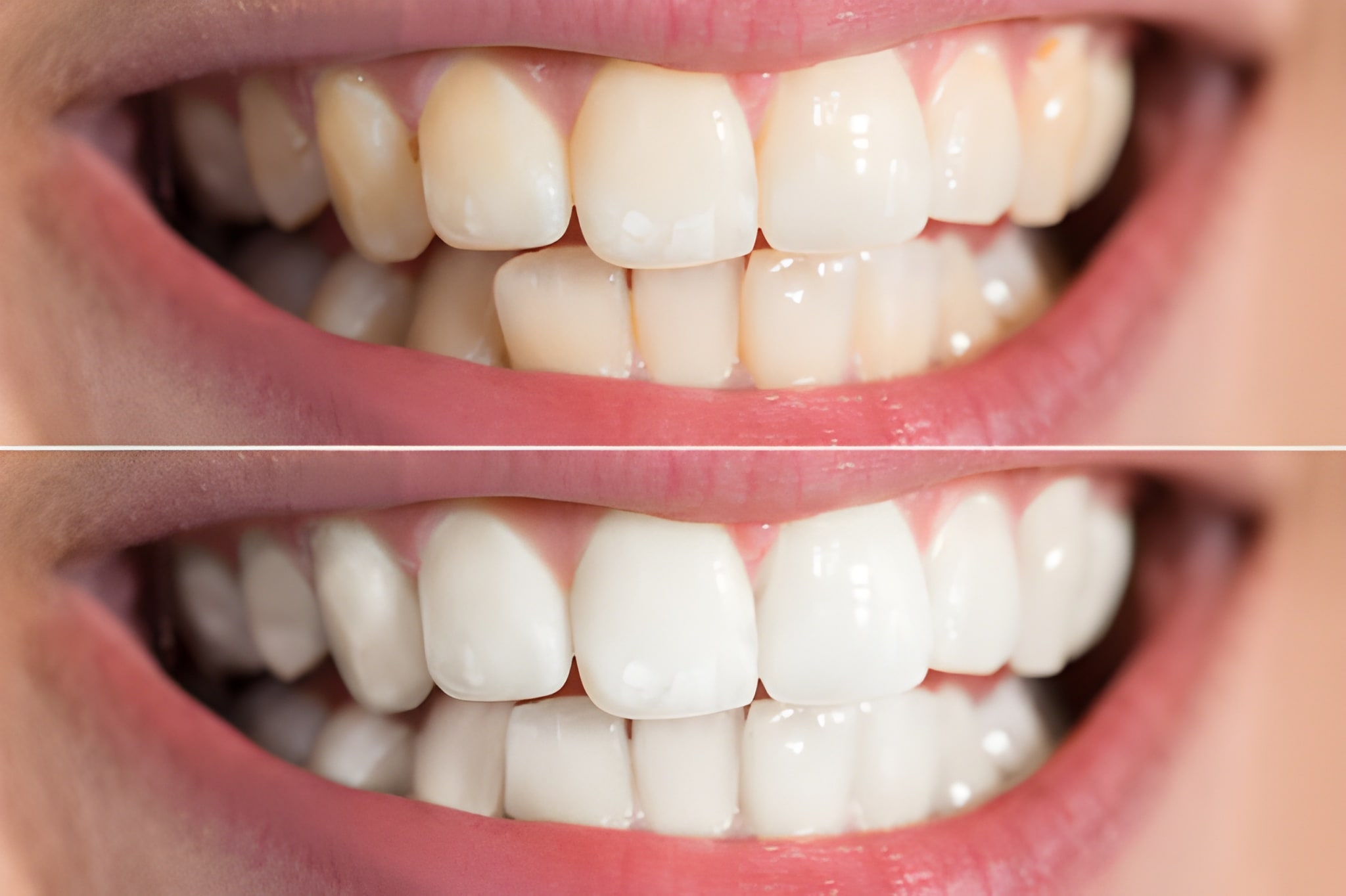Summary:
Planning to get laser periodontal therapy, but the thought of painful procedures scares you? You ended up on the right page. 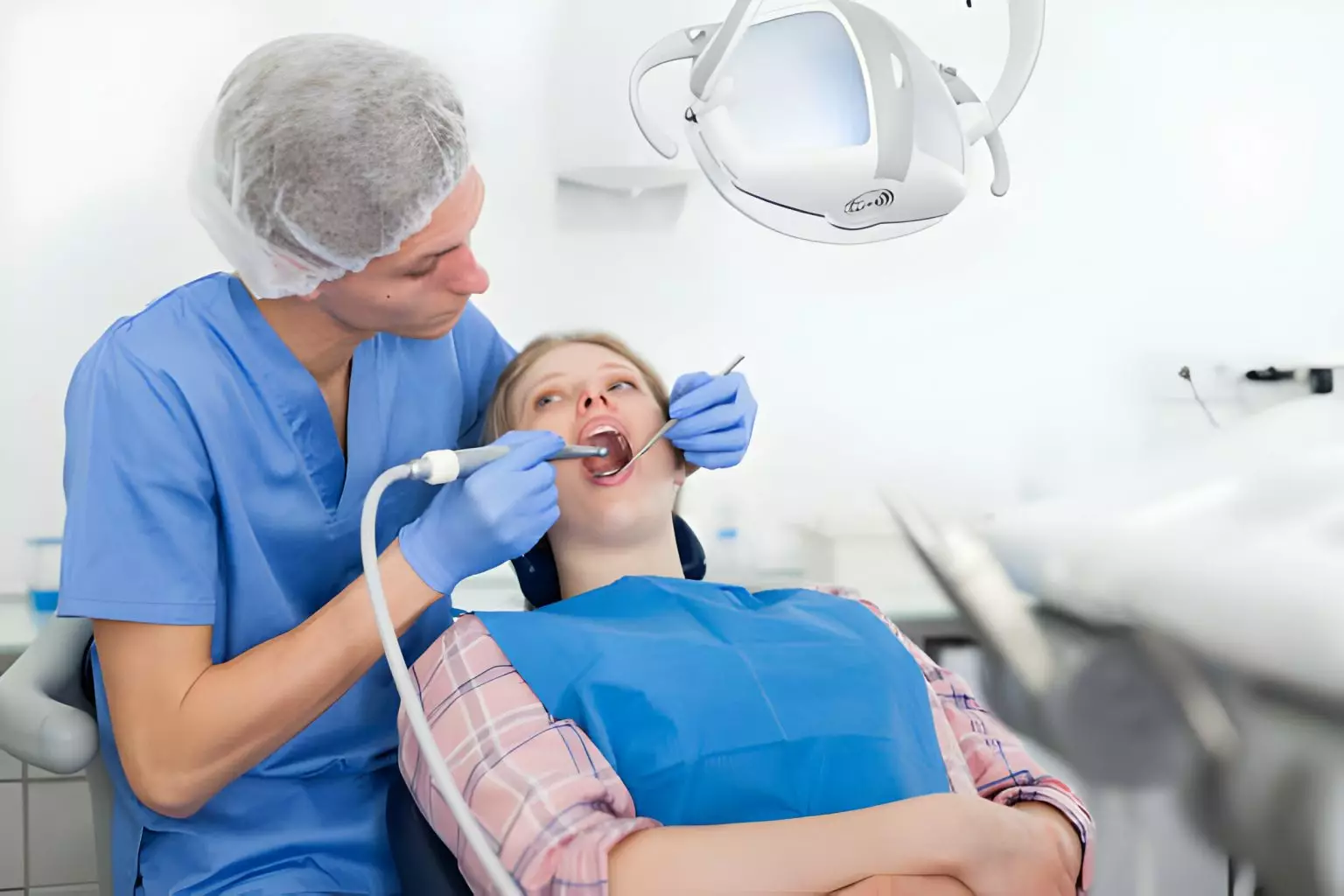
- Periodontal Disease – Explained!
- What is the Laser Gum Procedure? How Can It Treat Gum Disease?
- Amazing Benefits of Laser Periodontal Treatment
- Ray Gum Surgery – Insight into the Procedure
- Is Ray Gum Procedure Safe for Everyone?
- Does Laser Periodontal Treatment Hurt?
Continue reading as we learn more about periodontal diseases and whether does laser gum surgery hurts in the following sections.
Periodontal Disease – Explained!
Periodontal disease or gum disease is an inflammatory disease that affects the tissues surrounding teeth. It can lead to gum recession, tooth loss, and other health conditions if neglected. About 70.1% of adults above 65 have gum disease worldwide. Stats by Keller periodontics experts suggest that the disease arises from plaque accumulation, a bacterial film that adheres to teeth. Inadequate removal of plaque can result in its hardening into tartar, triggering inflammation of the gums known as gingivitis, progressing to periodontitis. 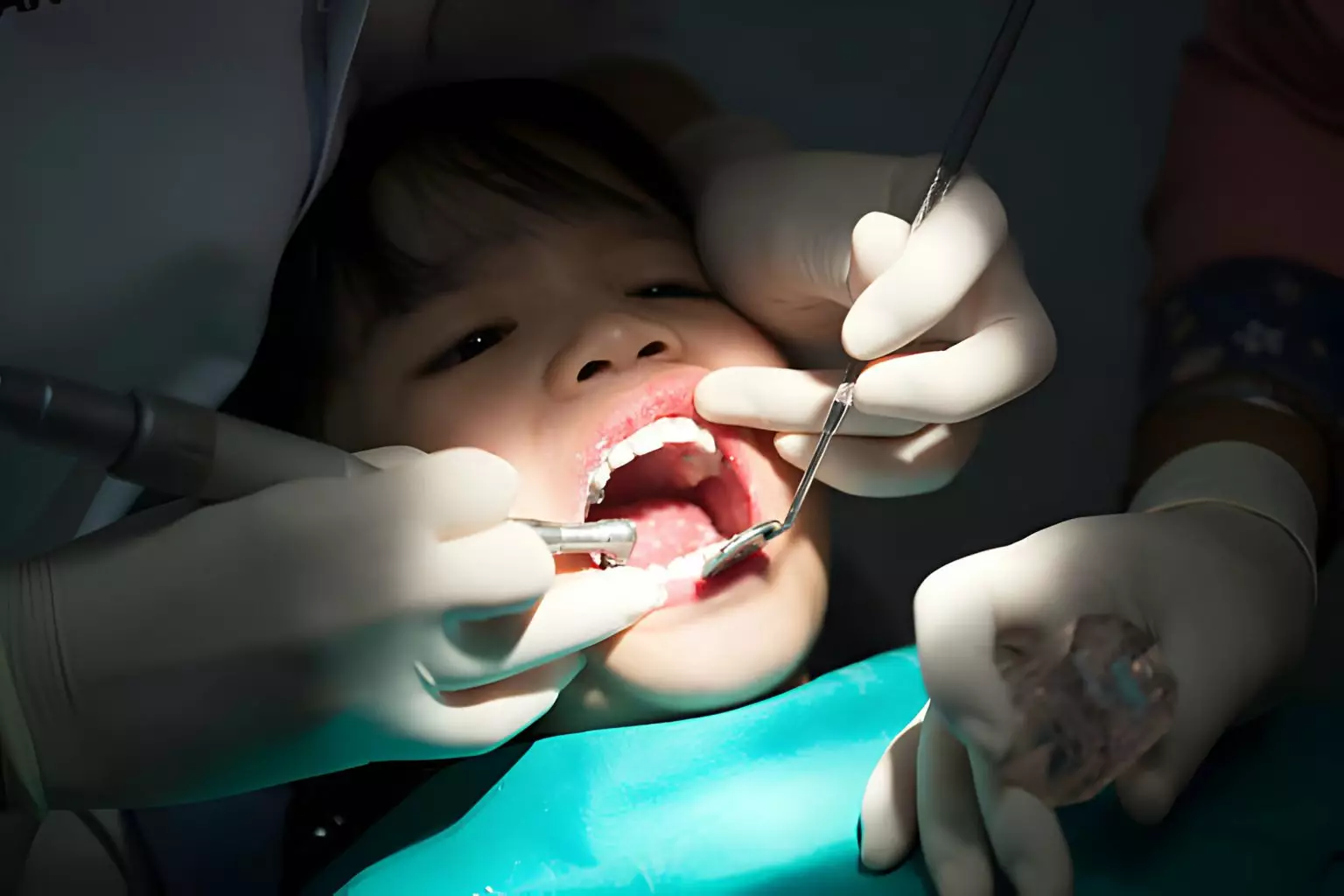
What is the Laser Gum Procedure? How Can It Treat Gum Disease?
Laser periodontal treatment, commonly called LANAP (Laser Assisted New Attachment Procedure), is a modern solution by Dentists in Keller for combating gum disease. By employing ray technology, this procedure eliminates diseased tissue and bacteria from the gums with minimal invasiveness, avoiding traditional surgical interventions. The laser’s precision allows targeted removal of harmful bacteria, facilitating gum tissue regeneration and fostering attachment to the teeth. Patients undergoing laser periodontal treatment experience quicker recovery times and reduced discomfort than those undergoing conventional gum surgery.
Amazing Benefits of Laser Periodontal Treatment
Laser therapy in cleanings has become increasingly popular in managing periodontal disease due to its numerous advantages over traditional methods. Here are some key benefits of ray surgery that you should know.
a. Minimally Invasive Approach:
Laser treatment is known for its minimally invasive nature, which contrasts with conventional surgery. Targeting diseased tissue while preserving healthy gums minimizes patient trauma, bleeding, and discomfort.
b. Enhanced Comfort:
Patients undergoing ray therapy often experience less discomfort during and after the procedure than with traditional surgery. This can lead to faster recovery times and improved overall comfort for individuals undergoing periodontal treatment.
c. Precision and Accuracy:
Laser technology enables the precise removal of diseased tissue and bacteria from periodontal pockets. This targeted approach enhances treatment outcomes and reduces the risk of damage to surrounding healthy tissue.
d. Accelerated Healing:
Laser therapy stimulates the body’s natural healing processes, promoting faster tissue regeneration and attachment of gums to tooth roots. This can result in quicker recovery times and better long-term results for patients receiving teeth procedures.
e. Reduced Bleeding:
One notable benefit of ray treatment is the minimal bleeding associated with the procedure. This is due to the beam’s cauterizing effect, which improves patient comfort and provides a more precise surgical field for dentists.
f. Decreased Dependency on Anesthesia:
Dentists can often treat ray procedures with minimal or no anesthesia. This is because the procedure is typically less invasive and causes less discomfort than traditional surgery, reducing the need for anesthesia and associated risks.
g. Preservation of Healthy Tissue:
Laser therapy selectively targets diseased tissue while preserving healthy tissue. This is crucial for maintaining the aesthetic appearance of gums and supporting structures around the teeth, enhancing the overall outcome of treatment.
Ray Gum Surgery – Insight into the Procedure
Laser periodontal treatment with clean teeth is a cutting-edge approach to managing periodontal disease. It utilizes advanced ray technology to offer patients a more comfortable and efficient alternative to traditional methods. Below is an overview of the laser treatment procedure:
- Assessment: The dentist may examine the patient’s gums and supporting structures to assess the extent of gum disease.
- Preparation: The dentist may administer the patients with anesthesia for enhanced comfort. The treatment area is thoroughly cleaned with clean dental tools and prepared.
- Laser Treatment: A dental ray, such as a diode or erbium laser, targets and removes diseased gum tissue and bacteria around the teeth and gum pockets.
- Decontamination: The laser’s energy sterilizes the treated area, reducing the risk of infection at teeth cleaning or cleaning at a dentist’s office.
- Scaling and Root Planing (SRP): In some cases, dentists may combine the laser procedure with traditional scaling and root planing techniques for more effective removal of plaque and tartar buildup.
- Gum Reattachment: Following tissue removal and thorough teeth cleaning, the gum tissue is stimulated to encourage reattachment to the tooth surfaces and promote healing.
- Post-treatment Care: Patients must maintain good oral hygiene practices, including regular brushing, flossing, and rinsing with antimicrobial mouthwash from the teeth-wash dentist.
Is Ray Gum Procedure Safe for Everyone?
Laser periodontal treatment is generally deemed safe for most individuals; however, its suitability can vary depending on factors like the severity of gum disease, overall health, and the presence of medical implants. While it offers benefits like reduced discomfort and faster healing, patients should undergo a thorough evaluation by a qualified dentist to assess suitability. Discussion of medical history, medications, and allergies is crucial to ensure the safety and effectiveness of the procedure.
Does Laser Gum Procedure Hurt?
Laser periodontal treatment is usually less painful than other traditional methods or cleaning at a dentist. This approach employs advanced laser technology to target and remove infected tissue while stimulating gum regeneration precisely. Unlike conventional cutting and suturing procedures, ray procedures are minimally invasive, resulting in less bleeding, swelling, and post-operative discomfort. However, individual pain thresholds vary; some patients may experience mild discomfort during or after the procedure. Dentists often administer local anesthesia to numb the treatment area, further minimizing any potential discomfort.
Key Takeaways:
- Neglecting gum disorders can result in redness, swelling, bleeding, and other health issues.
- Plaque buildup, as well as smoking, hormone changes, and hereditary susceptibility, all contribute to periodontal disease.
- Laser periodontal therapy is a cutting-edge technique that uses laser technology to eradicate gum infections.
- This minimally invasive method removes dangerous microorganisms and promotes gum disease repair.
- Unlock the secrets to a healthy smile with our experts at Keller Family Dental today!
